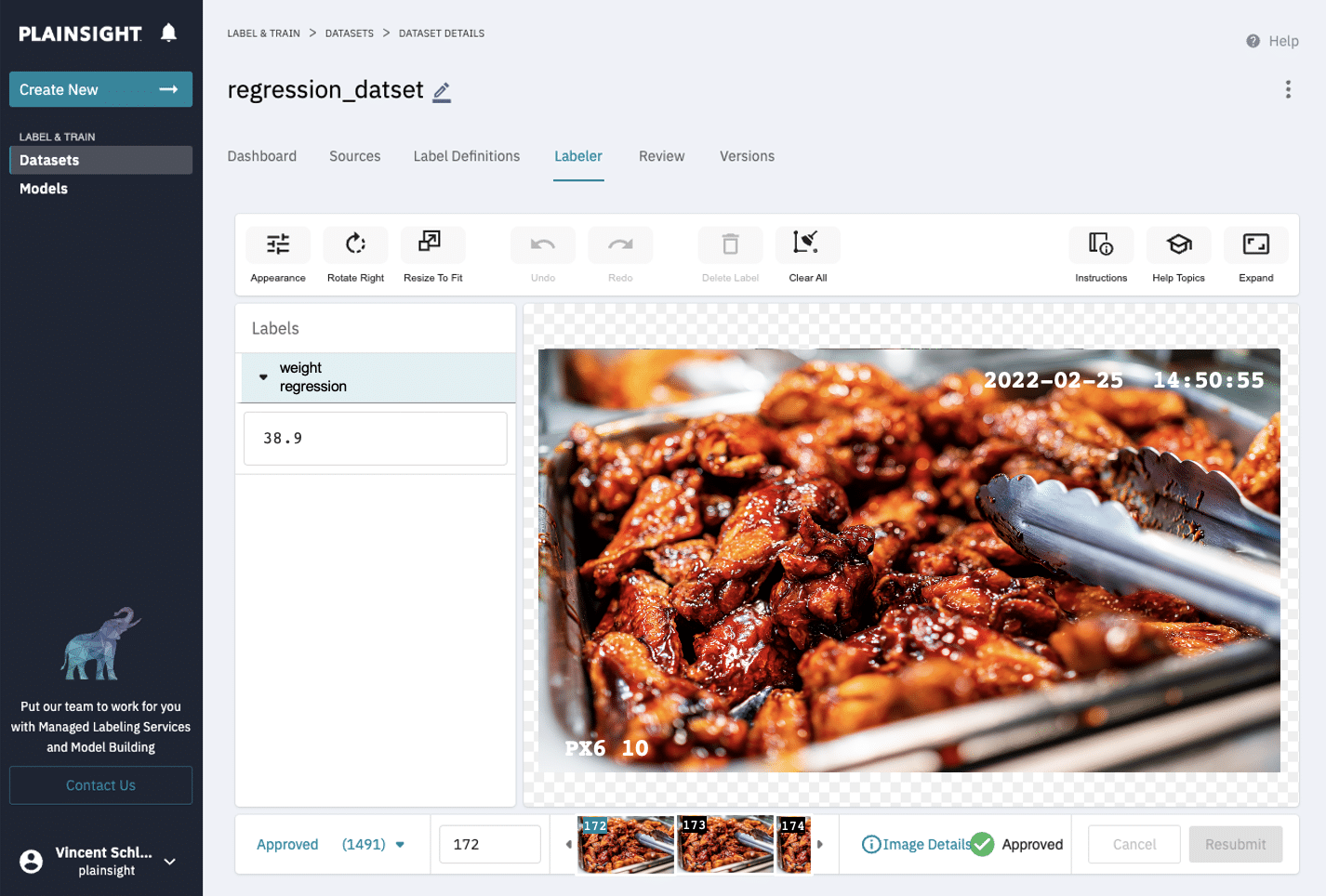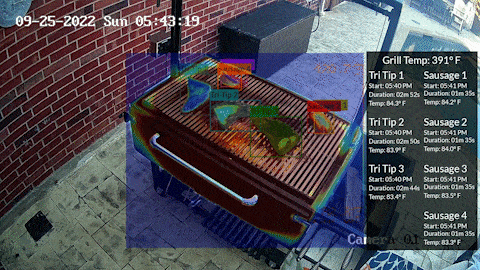Customers rely on Quick Service Restaurants (QSRs) for the service excellence, dependability, and repeatability they know and love. When customers queue up in a drive-thru or in front of a counter, they’re not looking for the kitchen crew to reinvent the meal, but there are a number of expectations customers have and QSRs strive to meet with every customer and every order.
Since QSRs often face stiff competition from nearby restaurants as well as high expectations, satisfying customers each and every time is essential. A disappointed patron won’t hesitate taking their business elsewhere if they have any reason to expect service that won’t be fast, friendly and accurate.
Vision AI offers solutions to a number of the challenges facing restaurants, presenting use cases for everything from keeping kitchens cleaner to ensuring each patty spends the exact right amount of time on the grill.
Restaurants are Investing in AI-Powered Kitchen Analytics
Chains including McDonald’s, Chipotle, Wendy’s, and Pizza Hut (to name just a few) believe AI-powered data analytics hold the key to making the most of high demand and turning visual data into a source of insights for making kitchens run more effectively and ultimately achieving new levels of service excellence and efficiency.
Improving order speed, process compliance, and accuracy
It’s right there in the name – QSRs are supposed to take orders speedily and deliver food just as fast.
Custom visual data analytics models can support QSRs with:
- Analyzing food preparation for speed, accuracy, compliance, and efficiency.
- Assessing items against quality standards both during and after preparation.
Cutting down on food waste
U.N. estimates suggest a third of all food produced, worth as much as $2.5 trillion, goes to waste each year and restaurants not only contribute to the problem, but feel its effects as well. Industry estimates suggest restaurants lose tens of billions each year when its ingredients don’t make it into dishes.
Restaurants can introduce computer vision models for help:
- Tracking “dwell times” for prepared food items to ensure food is served within a safe window of time, reducing the risk of foodborne illness and maximizing quality.
- Assessing food preparation methods to ensure the proper quantity of each ingredient is used every time.
Enforcing health and safety standards
The COVID-19 pandemic is no longer forcing restaurants to close themselves to eat-in diners or enforce social distancing measures, but the public health emergency has made everyone more aware of cleanliness and safety standards.
Models for visual data analytics empower restaurants by:
- Detecting personal protective equipment (PPE) like face masks, hairnets, and gloves that help stop the spread of germs as well as gear like heat-proof gloves that keep staff safe.
- Conducting visual temperature scans to ensure anyone who’s sick stays home.
- Monitoring the use of knives, stoves, and other potentially dangerous kitchen equipment to ensure adherence to safety protocol.
- Identifying foreign objects and other contaminants before they can find their way into food items.
Case Study: Measuring Quantities of Favorite Dishes in Real Time
Plainsight’s recent engagement with a large, North American QSR chain, via a strategic partnership with World Wide Technology, showcases how models trained on even small amounts of data can transform operations for busy restaurants.
- The Problem: Busy restaurants often struggle to keep serving stations fully stocked with popular dishes. Historically, employees have had to rely on guesswork, estimating the amount of servings remaining and cooking additional food. Inefficiencies in this process included the possibility of wasted time and food. The restaurant chain first tried installing weight sensors to its serving stations, but these experienced frequent errors.
- Plainsight’s Approach: In hopes of maximizing the freshness, speed, and availability of the restaurant’s most popular dishes, Plainsight developed an end-to-end computer vision solution leveraging unobtrusive cameras in designated serving areas and a custom-built vision AI model for monitoring and calculating weight.
- The Results: Plainsight’s models were capable of measuring real-time quantities of items with 95% accuracy within a rapid two-week proof of concept phase. Plainsight now has the potential to not only iterate model accuracy over 99%, but also scale up the solution to help the restaurant measure additional entrees across additional locations. In time, this could mean considerable revenue growth and increased customer satisfaction as adoption spreads.

See More
Whether customers are hungry for their favorites or eager to try out hot, new menu items, computer vision solutions can empower restaurant teams and enhance kitchen technology to satisfy them every time. Schedule a conversation with Plainsight today to learn more about how we help leading QSRs and restaurants of all types meet their goals and keep customers returning for more.





